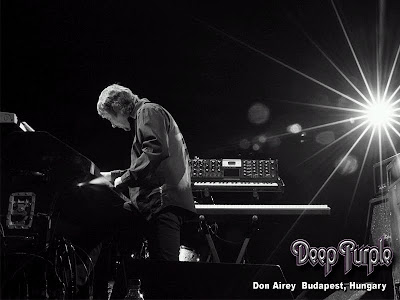With summer comes the arrival of foreign touring companies, ready to delight London audiences with their best material. It is a chance for us to see something a little different. A few nights ago I was invited see Napoletango, the Latin Neapolitan musical, on the great Coliseum stage; the European company had a big task to fill the famous auditorium. After acclaimed performances at the San Carlo Theatre in Naples, and a sold out run across Italy, I was excited to find out what is so special about this show.
The story is quite simple: the Incoronato family are a travelling troupe of twenty entertainers, all have a passion for Tango and hope to achieve their dream to perform on Broadway. The production includes every aspect of the group’s journey from street to stage. Embracing individualism and celebrating the human spirit, the group is made up of very different characters, in an effort to show that anyone, with passion and determination can dance the tango.
It is the scenes from everyday life that are the most touching. We watch the company sleep in a squalid tavern, shower naked (!), even cook an Italian dish on stage – it is endearing and affecting, and seemed to immediately capture the hearts of the Coliseum audience.
The show is often mad and completely chaotic, and at times I was completely lost… it doesn’t help that much of the spoken conversations on stage are not translated. However the musical is imaginative and sensual, and I personally always enjoy experiencing something completely new even if I leave feeling a little perplexed. Every member of the large cast seems completely devoted to their role and and contributes to the magical spirit on stage. In the curtain call one girl seemed to be crying with pride, so chuffed by the audience’s standing ovation and rapturous applause.
Of the cast, only two are professional tango dancers. Pablo Canaro is the most spectacular, moving with elegance and charisma across the expansive stage. Originally rejected and mistreated by the Incoronato family because they don’t understand the dance steps, he is eventually accepted and gives a staggering final performance in the Argentinian Tango.
Sadly Napoletango only visited London briefly with performances at the beginning of August, but it is worth checking out the website here to find out more about this exceptional and truly unique theatre company.




